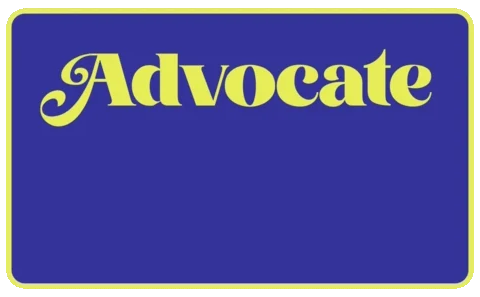
This logo isn't an ad or affiliate link. It's an organization that shares in our mission, and empowered the authors to share their insights in Byte form.
Rumie vets Bytes for compliance with our
Standards.
The organization is responsible for the completeness and reliability of the content.
Learn more
about how Rumie works with partners.

Dyslexia isn't a one-size-fits-all experience.
Managing it effectively starts with understanding your unique strengths and challenges. It can impact various aspects of your life, from reading and writing to organization and time management.
The good news? There are practical strategies and tools that can help. Whether you're in school, at work, or handling everyday tasks, these 5 strategies will help manage your dyslexia as an adult.
1. Leverage Assistive Technology
Technology can simplify reading, writing, and organization. Consider these tools:
Text-to-speech software: Apps like NaturalReader or Voice Dream Reader allow you to listen to written content instead of reading.
Speech-to-text tools: Dictation apps convert spoken words into text, reducing the need for typing.
Dyslexia-friendly fonts & overlays: Fonts like OpenDyslexic or colored screen overlays can improve readability.

2. Adapt Your Learning Style
Everyone learns differently, so finding strategies that work for you can make studying or workplace learning more effective. Try these approaches to help you learn with dyslexia as an adult:

Quiz
You're reviewing course notes and getting overwhelmed with information. You're struggling to comprehend it. Select all of the strategies you can try to manage your dyslexia and get the task done:
Strategies like chunking the information into smaller sections, using a diagram, and listening to the information can be effective in managing dyslexia. Remember it's not a one-size-fits-all all so find strategies that work for you!
3. Improve Organization and Time Management
Staying organized can reduce stress and improve productivity. Consider these strategies:
Use digital planners & reminders: Tools like Trello or Google Calendar help track tasks and deadlines.
Plan focused work sessions: Try the Pomodoro Technique (25-minute focus periods with short breaks) to maintain productivity.
Simplify note-taking: Use bullet points, voice recordings, or checklists. Tools like OneNote or Notion can help structure information.

4. Advocate for Accommodations
Seeking accommodations can help create a learning or work environment that supports your needs. Explore these accommodations for your dyslexia as an adult:
Request support: Many schools and workplaces offer accommodations such as extra time on tests or flexible deadlines.
Use alternative work methods: Adjust how you complete tasks, such as using verbal responses instead of written ones.
Leverage assistive technology: Ask about tools like screen readers, speech-to-text software, or specialized learning aids.

5. Build a Support System
Having a strong support network can boost confidence and provide valuable guidance if you have dyslexia as an adult. Try these strategies:

Join dyslexia support groups:Connecting with others can be encouraging and helpful. They understand what it's like to have dyslexia as an adult.
Communicate your needs: Being open with instructors, mentors, or employers can lead to better support.
Take Action
Dyslexia doesn’t have to hold you back! The right strategies can help you work smarter, not harder.

This Byte has been authored by
Dominique Tencza
Instructional Designer